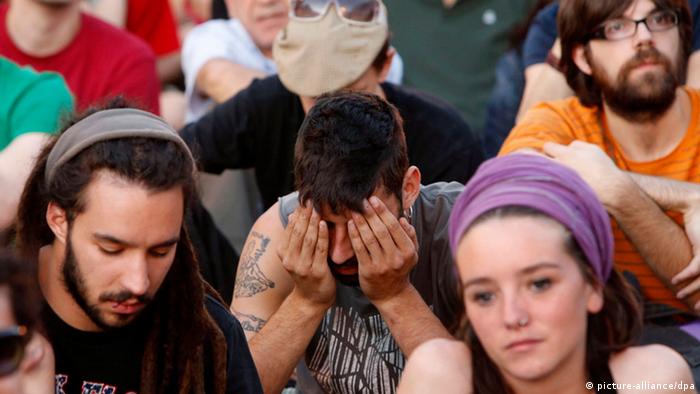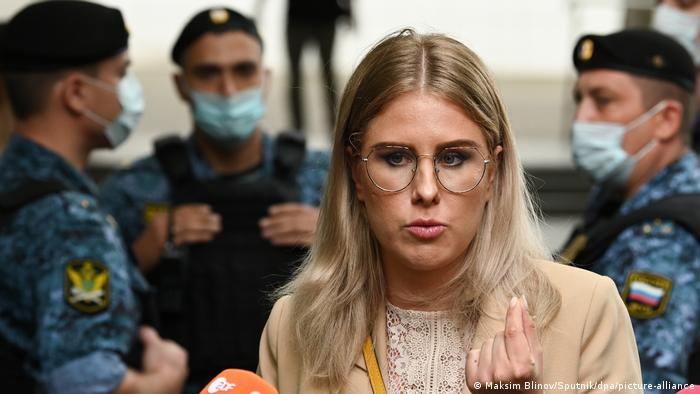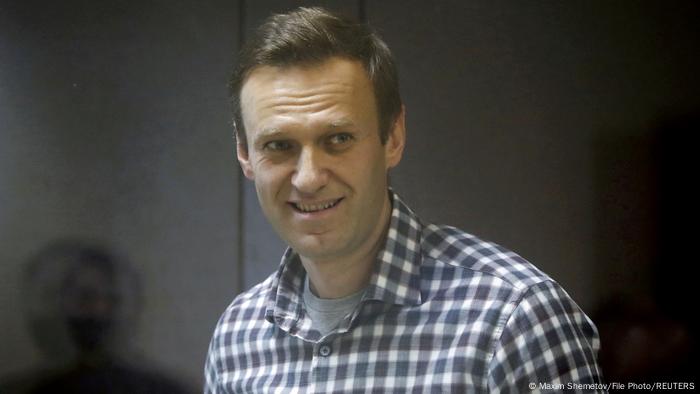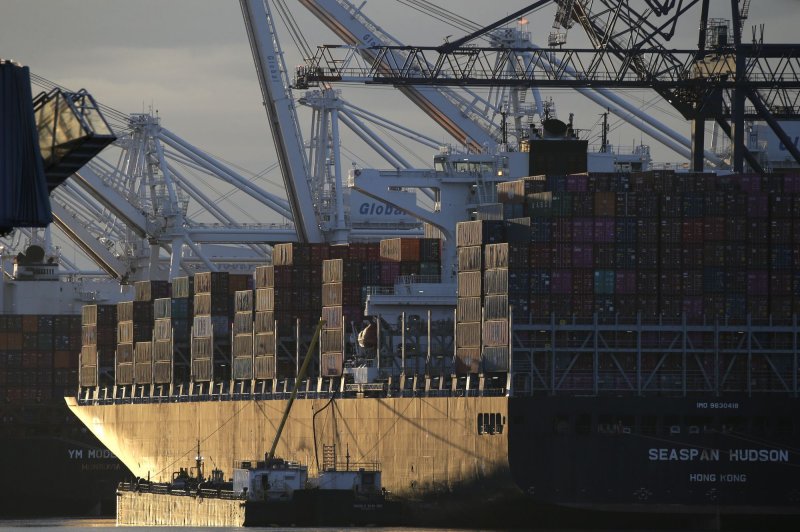WAIT, WHAT?
I THOUGHT IT WAS $3.5 TRILLION
By LISA MASCARO, DARLENE SUPERVILLE and ALAN FRAM

1 of 10

1 of 10
President Joe Biden greets people after speaking about his infrastructure plan and his domestic agenda during a visit to the Electric City Trolley Museum in Scranton, Pa., Wednesday, Oct. 20, 2021. (AP Photo/Susan Walsh)
SCRANTON, Pa. (AP) — In an abrupt change, the White House is floating new plans to pay for parts of President Joe Biden’s $2 trillion social services and climate change package, shelving a proposed big increase in corporate tax rates though also adding a new billionaires’ tax on the investment gains of the very richest Americans.
The reversal Wednesday came as Biden returned to his hometown of Scranton, Pennsylvania, to highlight the middle class values he says are at the heart of the package that Democrats are racing to finish. Biden faces resistance from key holdouts, including Sen. Kyrsten Sinema, D-Ariz., who has not been on board with her party’s plan to undo Trump-era tax breaks to help pay for it.
“This has been declared dead on arrival from the moment I introduced it, but I think we’re going to surprise them, because I think people are beginning to figure out what’s at stake,” Biden said in a speech at Scranton’s Electric City Trolley Museum, his first visit home since becoming president.
Negotiations between the White House and Democratic leaders on Capitol Hill are underway on what’s now a scaled-back package but would still be an unprecedented federal effort to expand social services for millions and confront the rising threat of climate change. It’s coupled with a separate $1 trillion bill to update roads and bridges.

Biden and his Democratic Party have given themselves a deadline to seal agreement after laboring to bridge his once-sweeping $3.5 trillion vision preferred by progressives with a more limited focus that can win over party centrists. He has no Democratic votes to spare for passage in the closely divided Congress, and leaders want agreement by week’s end.
The newly proposed tax provisions, though, are likely to sour progressives and even some moderate Democrats who have long campaigned on undoing the 2017 GOP tax cuts that many believe unduly reward the wealthy, costing the federal government untold sums in lost revenue at a time of gaping income inequality.
Administration officials spoke with congressional leaders on the tax alternatives, according to a person familiar with the private talks and granted anonymity to discuss them. The changes may be needed to win over Sinema, who had objected to plans to raise the rates on corporations and wealthy individuals earning more than $400,000 a year, said the person and several others.
As it stands, the corporate tax rate is 21%, and Democrats want to lift it to 26.5% for companies earning more than $5 million a year. The top individual income tax rate would rise from 37% to 39.6% for those earning more than $400,000, or $450,000 for married couples.
Under the changes being floated that 21% corporate rate would stay the same.
However, the revisions wouldn’t be all positive for big companies and the wealthy. The White House is reviving the idea of a minimum corporate tax rate, similar to the 15% rate Biden had proposed earlier this year. That’s even for companies that say they had no taxable income — a frequent target of Biden who complains that they pay “zero” in taxes.
And there could be a new billionaires’ tax, modeled on legislation from Sen. Ron Wyden, D-Ore., the chairman of the Finance Committee, who has proposed taxing stock gains of those with more than $1 billion in assets — fewer than 1,000 Americans.
Sinema has not publicly stated her position, and her office did not respond to a request for comment.
Another key Democrat, conservative Sen. Joe Manchin of West Virginia, has said he prefers a 25% corporate rate. He has been withholding his support for the bill with additional objections to its provisions on climate change and social services.
On the call with the administration and the White House, Wyden said he “stressed the importance of putting an end to America’s two tax codes, and finally showing working people in this country that the wealthiest Americans are going to pay taxes just like they do.”
The possible shift comes as Democrats appear to have made progress uniting themselves, ready to abandon what had been a loftier package in favor of a smaller, more workable proposal the party can unite around.
In the mix: At least $500 billion to battle climate change, $350 billion for child care subsidies and free pre-kindergarten, a new federal program for at least four weeks of paid family leave, a one-year extension of the $300 monthly child tax credit put in place during the COVID-19 crisis, and funding for health care provided through the Affordable Care Act and Medicare.
Likely to be eliminated or shaved back: plans for tuition-free community college, a path to permanent legal status for certain immigrants in the U.S. and a clean energy plan that was the centerpiece of Biden’s strategy for fighting climate change.
“Nothing is decided until everything is decided,” said Rep. Pramila Jayapal, D-Wash., the leader of the Congressional Progressive Caucus after a morning meeting of House Democrats. “We’re just trying to get it done.”
Democrats are growing anxious they have little to show voters despite their campaign promises and have had trouble explaining what they’re trying to do with the massive package, made up of so many different proposals.
It’s a tall order that was leading to an all-out push Wednesday to answer the question — “What’s in the damn bill?” — as a press release from Sen. Bernie Sanders, the independent from Vermont, put it.
The president especially wants to advance his signature domestic package to bolster federal social services and address climate change by the time he departs for a global climate summit next week.
Rep. Ro Khanna, D-Calif., a progressive caucus member, said, “He really believes American leadership, American prestige is on the line.”
Manchin has made clear he opposes the president’s initial energy plan, which was to have the government impose penalties on electric utilities that fail to meet clean energy benchmarks and provide financial rewards to those that do.
Instead, Biden is focused on providing at least $500 billion in tax credits, grants and loans for energy producers that reach emission-reduction goals.
On other fronts, to preserve Biden’s initial sweep, Democrats are moving to retain many of the programs but trim their duration to shave costs.
Biden wants to extend the $300 monthly child tax credit that was put in place during the COVID-19 crisis for another year, rather than allow it to expire in December, but not as long as Democrats wanted.
What had been envisioned as a months-long federal paid family leave program could be shrunk to as few as four weeks — an effort to at least start the program rather than eliminate it.
Biden also wants to ensure funding for health care programs, including for home- and community-based health care services, supporting a move away from widespread nursing home care.
And a new program to provide dental, vision and hearing aid benefits to people on Medicare proposed by Sanders, is likely to remain in some fashion.
Biden has told lawmakers that after his top priorities there would be $300 billion remaining.
That could lower the overall price tag or be used for other programs.
___
Associated Press writers Kevin Freking and Josh Boak contributed to this report.
SCRANTON, Pa. (AP) — In an abrupt change, the White House is floating new plans to pay for parts of President Joe Biden’s $2 trillion social services and climate change package, shelving a proposed big increase in corporate tax rates though also adding a new billionaires’ tax on the investment gains of the very richest Americans.
The reversal Wednesday came as Biden returned to his hometown of Scranton, Pennsylvania, to highlight the middle class values he says are at the heart of the package that Democrats are racing to finish. Biden faces resistance from key holdouts, including Sen. Kyrsten Sinema, D-Ariz., who has not been on board with her party’s plan to undo Trump-era tax breaks to help pay for it.
“This has been declared dead on arrival from the moment I introduced it, but I think we’re going to surprise them, because I think people are beginning to figure out what’s at stake,” Biden said in a speech at Scranton’s Electric City Trolley Museum, his first visit home since becoming president.
Negotiations between the White House and Democratic leaders on Capitol Hill are underway on what’s now a scaled-back package but would still be an unprecedented federal effort to expand social services for millions and confront the rising threat of climate change. It’s coupled with a separate $1 trillion bill to update roads and bridges.

Biden and his Democratic Party have given themselves a deadline to seal agreement after laboring to bridge his once-sweeping $3.5 trillion vision preferred by progressives with a more limited focus that can win over party centrists. He has no Democratic votes to spare for passage in the closely divided Congress, and leaders want agreement by week’s end.
The newly proposed tax provisions, though, are likely to sour progressives and even some moderate Democrats who have long campaigned on undoing the 2017 GOP tax cuts that many believe unduly reward the wealthy, costing the federal government untold sums in lost revenue at a time of gaping income inequality.
Administration officials spoke with congressional leaders on the tax alternatives, according to a person familiar with the private talks and granted anonymity to discuss them. The changes may be needed to win over Sinema, who had objected to plans to raise the rates on corporations and wealthy individuals earning more than $400,000 a year, said the person and several others.
As it stands, the corporate tax rate is 21%, and Democrats want to lift it to 26.5% for companies earning more than $5 million a year. The top individual income tax rate would rise from 37% to 39.6% for those earning more than $400,000, or $450,000 for married couples.
Under the changes being floated that 21% corporate rate would stay the same.
However, the revisions wouldn’t be all positive for big companies and the wealthy. The White House is reviving the idea of a minimum corporate tax rate, similar to the 15% rate Biden had proposed earlier this year. That’s even for companies that say they had no taxable income — a frequent target of Biden who complains that they pay “zero” in taxes.
And there could be a new billionaires’ tax, modeled on legislation from Sen. Ron Wyden, D-Ore., the chairman of the Finance Committee, who has proposed taxing stock gains of those with more than $1 billion in assets — fewer than 1,000 Americans.
Sinema has not publicly stated her position, and her office did not respond to a request for comment.
Another key Democrat, conservative Sen. Joe Manchin of West Virginia, has said he prefers a 25% corporate rate. He has been withholding his support for the bill with additional objections to its provisions on climate change and social services.
On the call with the administration and the White House, Wyden said he “stressed the importance of putting an end to America’s two tax codes, and finally showing working people in this country that the wealthiest Americans are going to pay taxes just like they do.”
The possible shift comes as Democrats appear to have made progress uniting themselves, ready to abandon what had been a loftier package in favor of a smaller, more workable proposal the party can unite around.
In the mix: At least $500 billion to battle climate change, $350 billion for child care subsidies and free pre-kindergarten, a new federal program for at least four weeks of paid family leave, a one-year extension of the $300 monthly child tax credit put in place during the COVID-19 crisis, and funding for health care provided through the Affordable Care Act and Medicare.
Likely to be eliminated or shaved back: plans for tuition-free community college, a path to permanent legal status for certain immigrants in the U.S. and a clean energy plan that was the centerpiece of Biden’s strategy for fighting climate change.
“Nothing is decided until everything is decided,” said Rep. Pramila Jayapal, D-Wash., the leader of the Congressional Progressive Caucus after a morning meeting of House Democrats. “We’re just trying to get it done.”
Democrats are growing anxious they have little to show voters despite their campaign promises and have had trouble explaining what they’re trying to do with the massive package, made up of so many different proposals.
It’s a tall order that was leading to an all-out push Wednesday to answer the question — “What’s in the damn bill?” — as a press release from Sen. Bernie Sanders, the independent from Vermont, put it.
The president especially wants to advance his signature domestic package to bolster federal social services and address climate change by the time he departs for a global climate summit next week.
Rep. Ro Khanna, D-Calif., a progressive caucus member, said, “He really believes American leadership, American prestige is on the line.”
Manchin has made clear he opposes the president’s initial energy plan, which was to have the government impose penalties on electric utilities that fail to meet clean energy benchmarks and provide financial rewards to those that do.
Instead, Biden is focused on providing at least $500 billion in tax credits, grants and loans for energy producers that reach emission-reduction goals.
On other fronts, to preserve Biden’s initial sweep, Democrats are moving to retain many of the programs but trim their duration to shave costs.
Biden wants to extend the $300 monthly child tax credit that was put in place during the COVID-19 crisis for another year, rather than allow it to expire in December, but not as long as Democrats wanted.
What had been envisioned as a months-long federal paid family leave program could be shrunk to as few as four weeks — an effort to at least start the program rather than eliminate it.
Biden also wants to ensure funding for health care programs, including for home- and community-based health care services, supporting a move away from widespread nursing home care.
And a new program to provide dental, vision and hearing aid benefits to people on Medicare proposed by Sanders, is likely to remain in some fashion.
Biden has told lawmakers that after his top priorities there would be $300 billion remaining.
That could lower the overall price tag or be used for other programs.
___
Associated Press writers Kevin Freking and Josh Boak contributed to this report.













